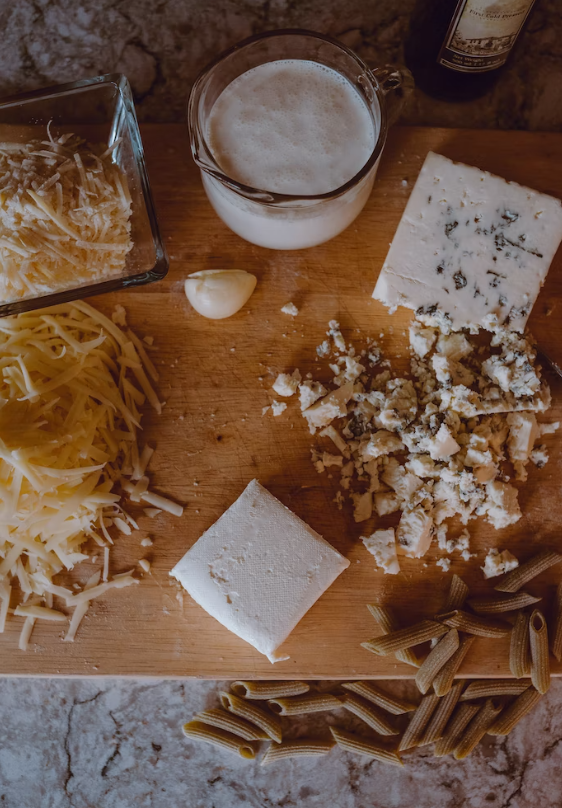Cheese enjoys a great presence in the kitchen, where it is used in the preparation of numerous and very diverse recipes, from serving as an accompaniment to taking on an absolute leading role!
 Photos By: Stock Images
Photos By: Stock Images
This food is present in numerous dishes around the world, to which it gives a counterpoint of texture and delicious flavor.
In the market there can be found a great variety of cheeses, so one can choose one or the other depending on the type of dish that is going to be prepared. Cheese is used in many recipes, as in the cheesecake and berries dessert, or in delicious baked potatoes with cheese. In this article you will learn the perfect type of cheese to use for each recipe you make at home.
Salads
For this type of preparation, fresh cheeses with a soft texture goes very well, such as Burgos, fresh mozzarella or feta cheese, as they have a mild flavor and a low consistency.
Another option are cheeses at an intermediate point of maturity, made into cubes and combined with different types of fruit, such as peach or orange. One of the best options for a salad is Edam, which is a soft cheese ideal for serving with various nuts.
Fondues and fillings
To prepare fillings, semi-cured cheeses are the best option, such as Manchego, Gouda, Emmental, Cheddar or Edam. All of them are ideal for this purpose because they withstand frying and melt little by little inside a soufflé, a quesadilla or an empanada.
To elaborate a fondue, it is recommended using very fatty cheeses that melt well, as is the case of Gruyere, Cheddar or Emmental. In addition, they can be used both to make all kinds of fillings, to top off a sandwich or a simple meal such as chicken and rice with broccoli. To try the recipe of chicken and rice with broccoli follow this link https://minuterice.com/recipes/cheesy-chicken-and-rice/.

Pasta
Cheeses with a high fat content and a semi-hard or hard consistency bind well with pasta. The ideal way to use it is to grate them and add them at the last moment,without gratin. Among the cheeses most commonly used for this purpose are cured goat cheeses, cured Manchego cheeses and Parmesan.
A tip: it is recommended to grate the cheese at the moment of use, so that it does not lose much of its aroma.
Gratin
The star cheese when preparing a gratin is semi-cured mozzarella, which is always present in pizza or pasta dishes with a thin layer of melted cheese on top. Grated Parmesan is another interesting option. Brie and Camembert cheese can also be used, which bind very well in gratins over meat, cooked cauliflower or potatoes. In most cases, it is enough to use the grill, about 10 centimeters away, so that the cheese is perfectly au gratin.
Sauces
When cooking, use semi-cured and creamy cheeses, since their milk and fat content makes them melt easily when in contact with a heat source, giving a unique flavor and aroma to each dish. One of the preparations in which cheese is not usually missing is in soufflés.
When using them, keep in mind that they should be added towards the end of cooking, and, over low heat, stir so that they melt slowly. If this is not done, there is a risk of lumps forming.

Pastry
One of the cheeses that gives the best results in confectionery is Mascarpone. Who has not tried tiramisu? Other spreadable cheeses are also very interesting, since they have a mild flavor, a high fat content, which makes them very versatile, and a creamy texture, ideal for numerous preparations. Among the most commonly used cheeses, to accompany jams, or to make mousses, flans and creams.
As a dessert
The vast majority of cheeses can be eaten as dessert regardless of their ripening point. In most preparations, the aim is to achieve a contrast between the flavor and aroma of the cheese and the rest of the ingredients. Thus, for example, you can prepare a toast with apricot jam and a little Cabrales or Roquefort cheese. If we do not like the cured cheese, mix it with cream to obtain a cream with a softer flavor.
